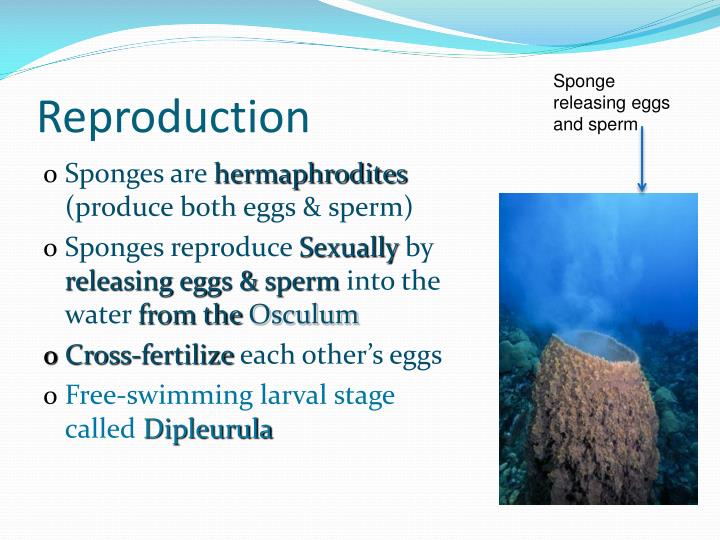
If enough water accumulates in this way, the droplets become heavy enough that they fall through the air as precipitation (rain, snow, sleet or hail). If a cloud moves into a cooler environment, more water may condense onto these droplets. Collections of these droplets are called clouds. As this water vapor rises, it cools down again, condensing into droplets of liquid water (or crystals of solid ice). The sun heats this air (water vapor and all) so that it rises through the atmosphere and is carried along by wind currents. When the sun heats the oceans, liquid water from the ocean's surface evaporates into water vapor in the air. The rotation of the Earth breaks this cycle up, so there are several, smaller air-current cycles all along the globe.ĭriven by these air-current cycles, Earth's water supply moves in a cycle of its own. In cooler regions, cold air sinks, pulling warmer air into the vacated space. In warmer regions, hot air rises up into the atmosphere, pulling cooler air into the vacated space. The sun shines more on the area around Earth's equator than it does on areas farther north and south, causing a heat discrepancy over the surface of the globe. Wind currents are generated by the heating activity of the sun.

Water changes from state to state as it is moved around the planet by wind currents. It can be liquid, as in oceans, rivers and rain solid, as in the glaciers of the North and South Poles or gaseous, as in the invisible water vapor in the air. The amount of water that is created and the amount that is lost are pretty much equal.Īt any one time, this volume of water is in many different forms.

:max_bytes(150000):strip_icc()/GettyImages-1088662064-644a65b2f46d4a3bba5a238478d73ed1.jpg)
Every day, a very small amount of water is lost high in the atmosphere, where intense ultraviolent rays can break a water molecule apart, but new water is also emitted from the inner part of the Earth, by volcanic activity. The total amount of water on Earth has remained fairly constant for millions of years (though its distribution has varied considerably in that time). To understand how floods work, you have to know something about how water behaves on our planet. Heavy rain in the spring and summer of 1993 flooded areas throughout the midwestern United States, leading the federal government to declare 500 counties in nine states as major disaster areas.


 0 kommentar(er)
0 kommentar(er)
